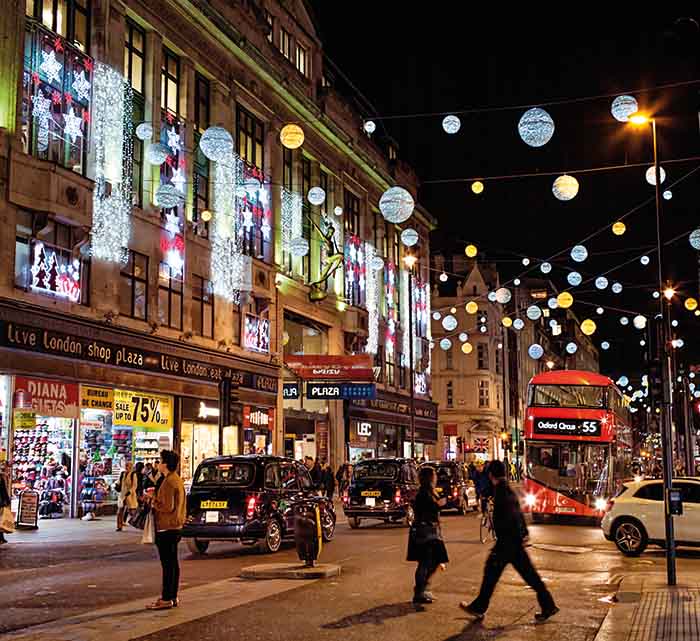Rising prices and the squeeze on consumer spending curtailed sales growth once again last month, as the quantity bought rose by 0.1%, the weakest growth since April 2017.
When compared with January 2017, the volumes purchased increased by 1.6%, which the Office for National Statistics (ONS) called a “slowdown” compared with the 2.4% growth seen a year prior.
On the back of the news, sterling dipped 0.37% to $1.4047 against the dollar.
The Retail Sale Index (RSI) data fell unexpectedly short of City analysts’ expectations, who predicted a much larger rise of 0.6%. Retail sales data in the UK has disappointed experts’ forecast for several months now, with December delivering declining sales growth of 1.5%.
Although volumes were 1.6% higher than a year earlier and the amount consumers spent was up 4.4%, the ONS pointed out this year-on-year growth was still slower relative to earlier months.
Year-on-year growths were generally higher in 2016 even after the EU referendum, with total retail sales up 7.3% in October of that year.
Sales from food stores, which have generally proven more resilient than clothing and homeware high street retailers, fell 0.9% in January, in another sign that consumers are continuing to tighten their purse strings.
However, this was more than offset by the positive contributions from non-food stores, which touched 2.6%, as shoppers continued to buy more sports equipment, toys and games during the month.
Friday’s data is further confirmation that the underlying pattern in retail sales “is one of slow growth”, said the ONS.
“Retail sales growth was broadly flat at the beginning of the New Year with the longer-term picture showing a continued slowdown in the sector,” said Rhian Murphy, senior statistician at the ONS. “This can partly be attributed to a background of generally rising prices.”
“The big question now is whether this is the start of a worrying trend for the economy, or whether falling inflation and rising wages will come to the rescue,” said Ben Brettell, senior economist at Hargreaves Lansdown.
“The monthly data is volatile, and it’s therefore hard to draw firm conclusions from two months of disappointing numbers, but it now looks certain the longer-term trend is one of slowing growth in the retail sector.”
However, Brettell believes “there could be some light at the end of the tunnel” if the Bank of England’s assertions that wage growth is on the rise and inflation has peaked are correct.
“This means we could see an end to falling real wages in the coming months, which would provide a welcome fillip to cash-strapped households,” he continued. “Assuming pay growth figures over the next couple of months back up this theory, it still looks like the MPC will have the confidence to raise interest rates to 0.75% in May.”











